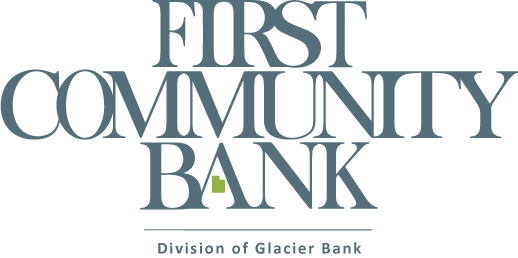Dissecting Your Credit Score
By Jason Robinson | Published December 6, 2022
Credit in today’s environment is not only a necessity, but a must. Having good credit allows you to make larger purchases that you may have not been able to achieve using only the cash you have saved. Credit purchases may include buying a home, purchasing an automobile, or to establish a revolving line of credit. However, if you are irresponsible with how you handle your credit, this could be a detriment to your ability to borrow on future credit or achieve your financial goals.
Many people associate their creditworthiness with what is known as their FICO Score. FICO Scores are utilized by over 90% of the top lenders in the United States to determine the credit worthiness of a borrower. FICO Scores range from 550 on the lower side up to 800 on the higher end. Using the FICO Score matrix, a lender views a borrower with a FICO Score of 800 or above as an excellent borrower/low credit risk where the same lender views a borrower with a FICO Score of 550 or below as a poor/high risk borrower.
The following five categories are used to define the characteristics of a FICO Score:
- Payment History (35%): Are you making your payments on time? Do you pay more than just the minimum requirement? Are you delinquent or past due on any payments?
- Outstanding Debt (30%): How much overall debt do you have as part of your personal portfolio? This includes all different kinds of loans including mortgage, car, credit cards, student loans, store credit lines, home equity credit lines, etc.
- Credit History Length (15%): How long have you been managing credit?
- Pursuit of New Credit (10%): How many applications have you filled out for new credit, especially in the last few months?
- Credit Mix (10%): What is your credit portfolio made up of? Do you have secured debt like mortgages and car loans? Do you have unsecured debt like credit cards?
FICO has produced some helpful articles to help consumers understand their financial health. You can view these articles as well as additional FICO Score information at www.ficoscore.com.
Being aware of how your credit is established and viewed by lenders is essential for you to control your financial future. Understanding and maintaining your credit is essential for you to reach your financial goals. Our team of experienced lenders at First Community Bank are always happy to answer questions and to help individuals and businesses get set up successfully on their credit journey.

Author: Jason Robinson, Chief Lending Officer
Jason Robinson is the Chief Lending Officer of First Community Bank Utah, Division of Glacier Bank. He has been with the bank for over 10 years and has a passion for working with individuals and businesses to help them achieve their goals. He also enjoys hunting and raising horses.
